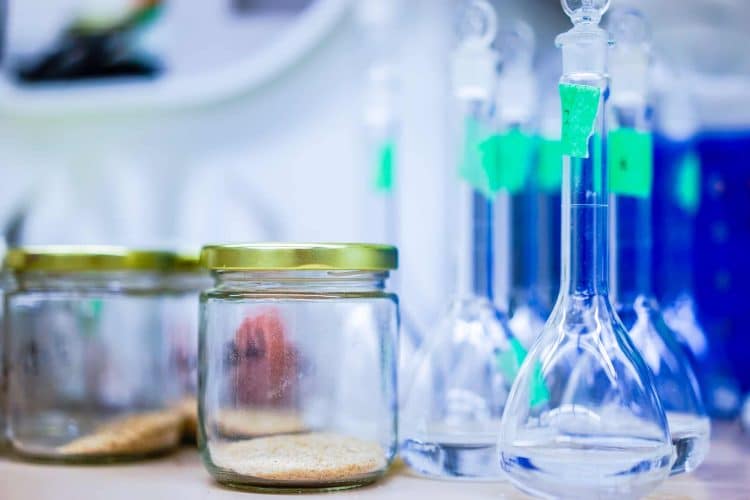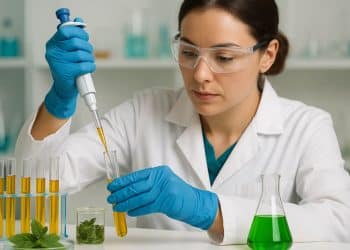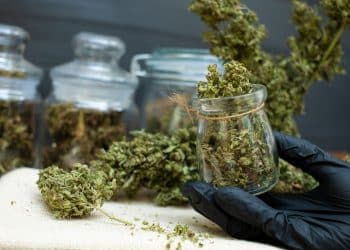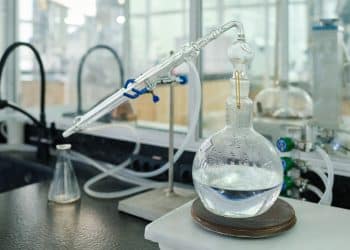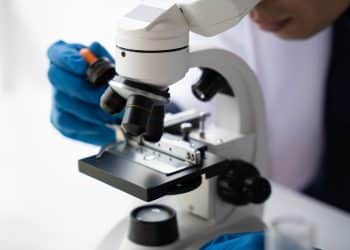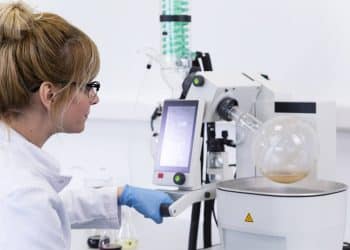The use of terpenes has been hampered by their volatility and the need for surfactants or alcohols to produce stable, soluble (non-precipitated) products. In the research paper “Yeast Particle Encapsulation of Scaffolded Terpene Compounds for Controlled Terpene Release,” yeast particles are proposed as a suitable means of encapsulating terpenes that retains their biological activity.
This is actually the second yeast particle encapsulation method developed by this research team. Their first method was applied to terpenes for agricultural applications and drug delivery. This new method aims to create a yeast particle encapsulation technique for extended time-released terpenes. The team encapsulated terpenoids and pro-terpenoid forms of carvacrol, eugenol, thymol, and geraniol. Pro-terpenes are synthesized, non-volatile solids at room temperature and stable in suspensions at neutral pH. They also have a biodegradable bond that releases with stimulus from enzymes of pH.
Challenges
- Isolated terpenes are unstable when exposed to air, heat, light, and moisture
- Terpenes have poor solubility in water.
- Isolated terpenes are highly volatile.
- Create a terpene delivery formulation that does not require use in high levels of surfactants or alcohols.
- Create a terpene delivery formulation that is time released and stable at room temperature and neutral pH.
- The formulation must also be insoluble in water to prevent premature release.
Yeast particles are 3-5 µm hollow and porous microspheres. They are a byproduct of Baker’s yeast, which is food-grade. The research team encapsulated pro-terpenes in these yeast particles at a weight ratio of 1:1 with 95% efficiency.
Pro-Terpene Encapsulation Method
- Mix dry yeast particles with 0.5 µL water per mg of yeast particles.
- Pro-terpenes are swelled and absorbed into the yeast particles in a solution of dimethyl sulfoxide (DMSO) (2.5 µL/mg yeast particles).
- Incubate the DMSO, pro-terpene, and yeast particle solution at room temperature for 18-24 hours.
- Lyophilize and repeat loading process in step 3 until target encapsulation concentration is achieved.
- The authors’ yeast particle with pro-terpene samples achieved a concentration of 1.78 to 1.85 mg pro-terpene per mg of yeast particles (1:1 ratio after pro-terpene hydrolysis).
The encapsulated pro-terpenes were found to retain the antibacterial, antifungal, and anthelmintic biologic properties of the encapsulated parent terpenes. The authors noted “enhanced stability and controlled release.”
These stable, time-released terpene formulations could help to expand the use of terpenes. The authors propose that the formulation is ideal for developing terpene formulas to treat contaminated soil, gastrointestinal parasites and worms, for anti-inflammatory, antimicrobial, and chemotherapeutic drugs, for food preservation, and for fragrances and flavoring.
References:
1- Soto ER, Rus F, Li H, et al. Yeast particle encapsulation of scaffolded terpene compounds for controlled terpene release. Foods. 2021;10(6):1207. doi:10.3390/foods10061207. [Impact Factor: 4.350; Times Cited: n/a]
Image:
1- https://www.pexels.com/photo/two-clear-glass-jars-beside-several-flasks-248152/ by Pixabay (laboratory stuff)
2- https://commons.wikimedia.org/wiki/File:Bakers_yeast_membrane_2.jpg by Tgru001 (Baker’s Yeast Membrane)
